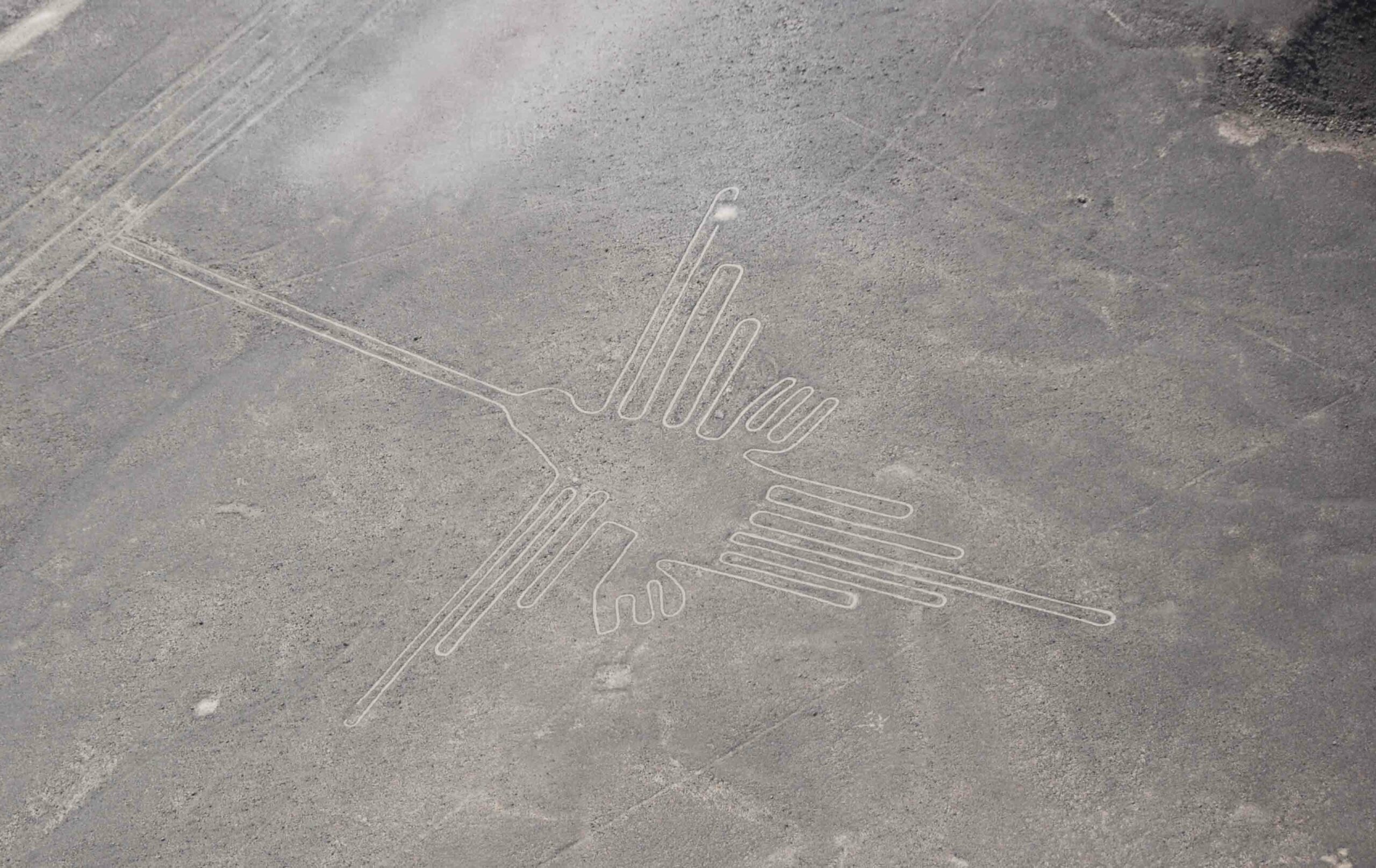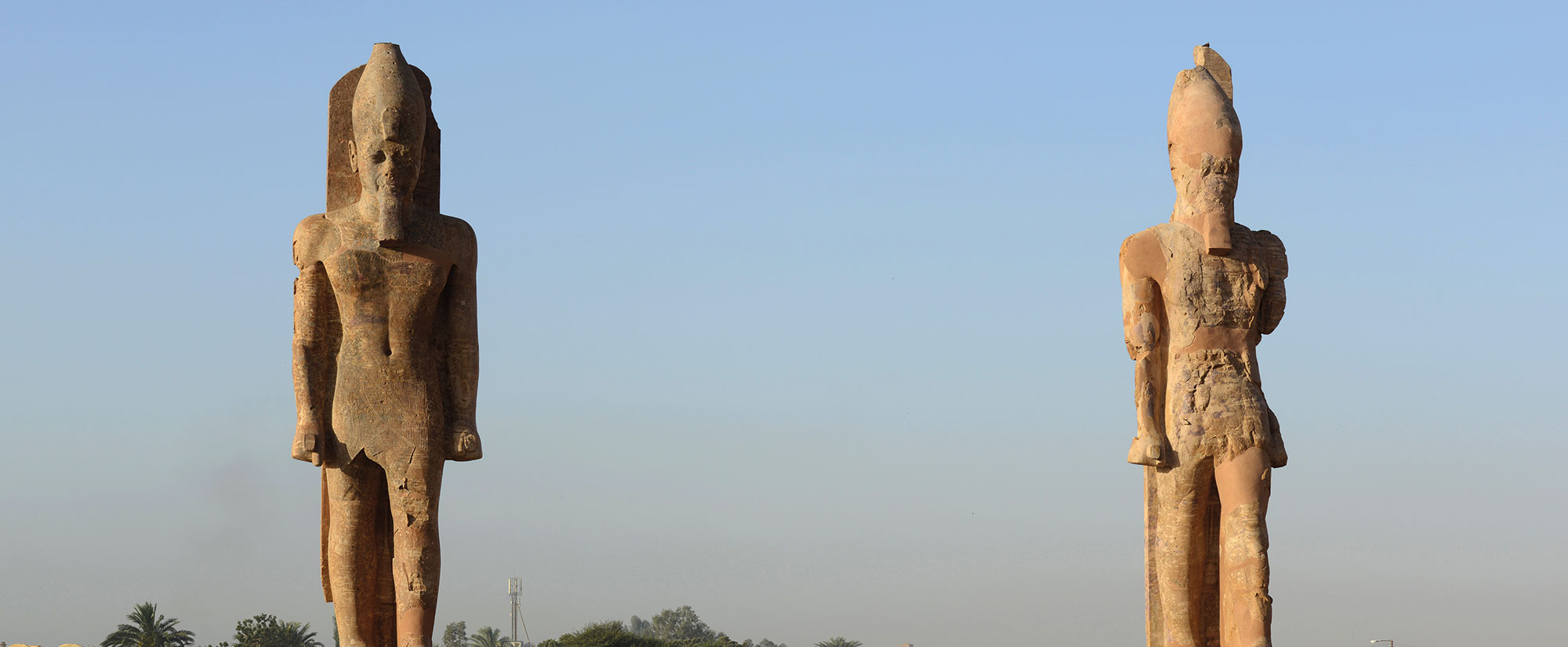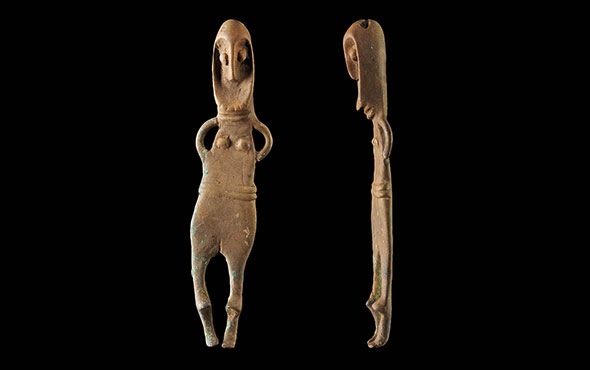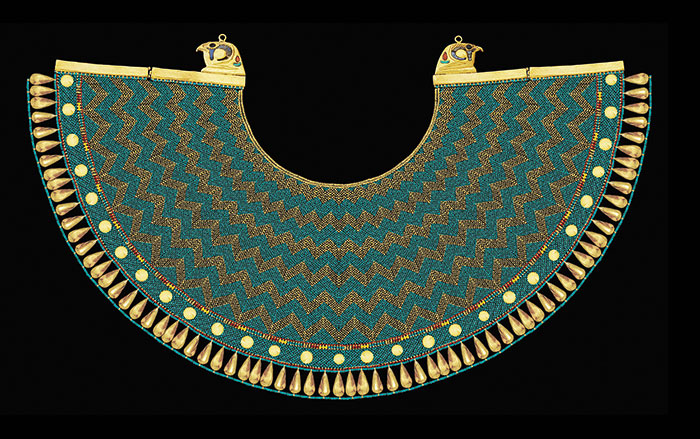
WARSAW, POLAND—According to a Live Science report, researchers have detected traces of plants with psychoactive properties in hair samples taken from ancient Nazca mummies and severed trophy heads of sacrificial victims who died between 100 B.C. and A.D. 450 on the southern Peruvian coast. The team's toxicological analysis identified consumption of coca leaves as well as Banisteriopsis caapi, the primary compound in the hallucinogenic beverage ayahuasca. Hair from one of the preserved trophy heads indicated that the deceased child had ingested San Pedro cactus, a source of the hallucinogenic drug mescaline, before being executed. "The trophy head is the first case of the consumption of San Pedro by an individual living on the southern Peruvian coast," said Dagmara Socha of the University of Warsaw. "It's also the first evidence that some of the victims who were made into trophy heads were given stimulants before they died." Read the original scholarly article about this research in Journal of Archaeological Science. To read about a 1,000-year-old bundle of drug paraphernalia found in Bolivia, go to "Half in the Bag."











